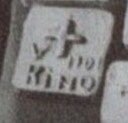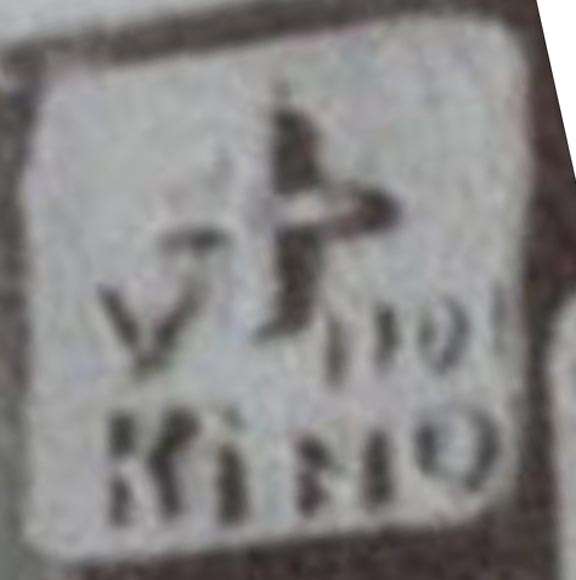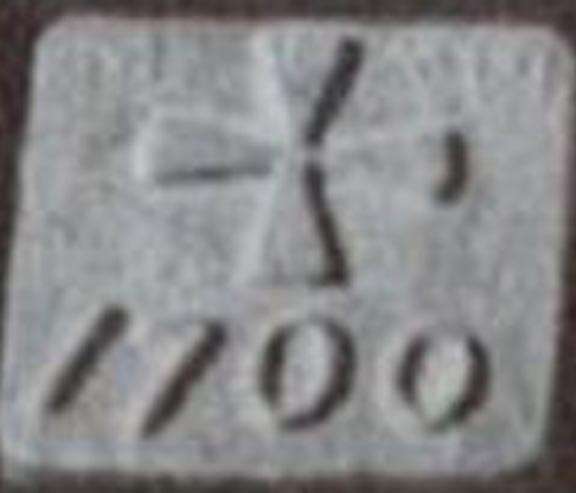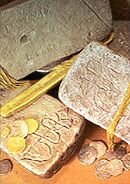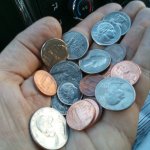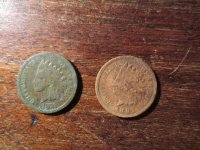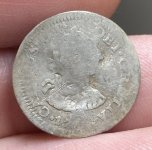gollum
Gold Member
- Jan 2, 2006
- 6,729
- 7,596
- Detector(s) used
- Minelab SD2200D (Modded)/ Whites GMT 24k / Fisher FX-3 / Fisher Gold Bug II / Fisher Gemini / Schiebel MIMID / Falcon MD-20
- Primary Interest:
- All Treasure Hunting
- Thread starter
- #21
SWR said:A lot of those bars share alike characteristics. As if they were cast by the same person. My novice opinion
That's the whole point! The main point of this thread as well. Most of the bars in the picture have the names of either Padre Kino or known Jesuit Missions cast into them. The point is that Jesuit Missions Owned and Operated their own silver and gold mines in the New World (Pimeria Alta to be specific), contrary to what the Church, The Jesuits, and several Jesuit Historians say.
If the Jesuits were smelting their own silver and gold, they would make molds out of adobe, and use them until they broke. That's why there are several that look the same.
Best-Mike


